Exact Answer: 18 – 24 inches
Bearded dragons are a type of reptile which are scientifically called Pogona. These creatures are omnivores in nature. The presence of a so-called beard in their appearance gives them the name of the bearded dragon.
The beard in their body is a set of spiny reptilian scales under their chin that gets puffed up or remains stationary depending on their state of mind. There are 8 types of this particular species. The most commonly seen colors among them are red, yellow, green, and tan.
The bearded dragons are further mated to produce different types of “morphs”. By doing this Herpetologists can make way more than 20 varieties of this species.
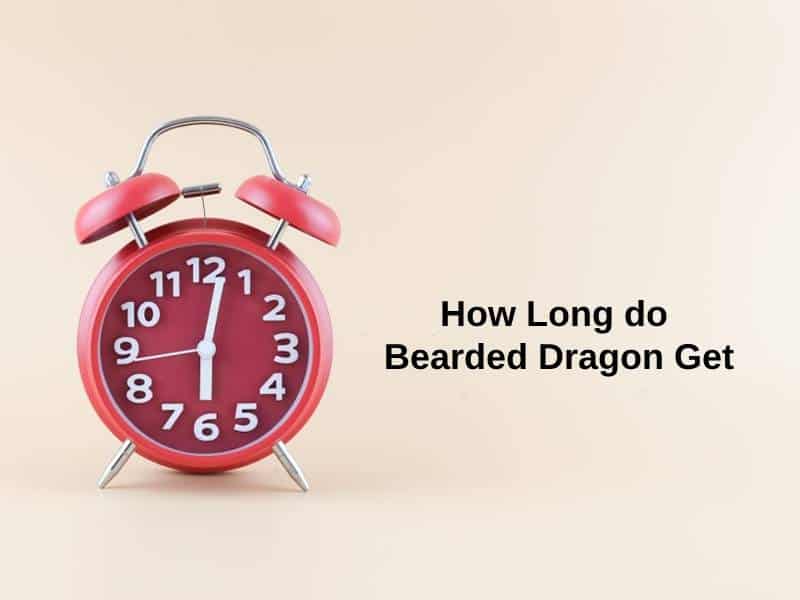
How Long do Bearded Dragons Get?
| Species | Size | Colour |
| Pogona barbata | 24 inches | Gray or red |
| Pogona henrylawsoni | 12 inches | Tan or yellow |
| Pogona microlepidota | 4 to 6 inches | Tan or red |
| Pogona minor minor | 14 to 18 inches | Tan or brown |
| Pogona minor minima | 12 inches | Tan or brown |
| Pogona minor mitchelli | 18 inches | Tan or red |
| Pogona nullarbor | 14 inches | Tan or brown |
| Pogona vitticeps | 24 inches | Yellow or red |
The length achieved by a bearded dragon can vary with the species or variant of this reptile. On average the maximum length attained by them is anywhere from 18 to 24 inches. The size of the male and female of each species also varies.
When Pogona barbata is considered, they can achieve the maximum length of 60cm or 24 inches. The male ones in most cases attain a maximum length of 24 inches whereas the female ones attain a maximum length of 50cm or 20 inches.
The Pogona henrylawsoni are smaller in size. They can attain a maximum length of 12 inches. In most cases, the length would be less than 12 inches.
The Pogona microlepidota is the smallest in the bearded dragon family. The maximum possible length attained by them is anywhere from 4 to 6 inches.
The Pogona minor minor dragon can attain a length of about 14 to 18 inches.
The Pogona minor minima is another small bearded dragon in the family. The maximum length attained by them is about 12 inches. This is similar to the length of Pogona henrylawsoni.
The Pogona minor mitchelli is another one of the family which has a maximum attainable length of 18 inches.
The Pogona nullarbor is one from the dragon family which has a maximum attainable length of about 14 inches.
The Pogona vitticeps can get to a length of about 13 to 24 inches. These are some of the lengthiest bearded dragons along with Pogona barbata.
The variation in sizes of these dragons is very much noticeable across various species.
Why do Bearded Dragon get Long?
This is a natural event that happens to almost every species and organism on the planet. A species gets bigger and at some times longer with the increase in its age. The basic biological process of aging makes every organism including bearded dragons to get bigger and longer.
But the main point to be highlighted is that bearded dragons that are tamed and used as pets get bigger and longer only according to their environment. When maturity is attained, most bearded dragons which are wild can grow from 4 – 24 inches. But the tamed dragons only grow according to the size of the tanks they are kept.
If the tank that is used to keep the bearded dragon is too small, it can affect its growth. When it is still in its growing phase, the bearded dragon will be small if the tank is small.
The size of the tank chosen during the growth phase of a bearded dragon is really important as they need different tanks during growth. When they are still a baby, they need a small tank. When they are at their juvenile phase they need a bit larger tank and finally, when they are in their adulthood, they need a large tank for accommodation.
The bearded dragons can get to their maximum possible size after attaining sexual maturity. The time taken for this stage is sometimes quick and, in some cases, they are quite long. This is because some bearded dragons take 8 months to mature while some others take about 18 months.
Conclusion
Bearded dragons can be a fun and quiet pet to have around. They are pretty much smart and don’t take up a lot of space in your home. They also don’t need a ravishing diet plan for maintenance. But the thing is, they have an average lifespan of about 10 – 15 years. So, owning a bearded dragon is a commitment. A person should think twice before owning one of them.
They don’t combine well with other animals in the wild. But a tamed bearded dragon has so much love for its owners that it can instantly recognize its owners like that of other homely pets.


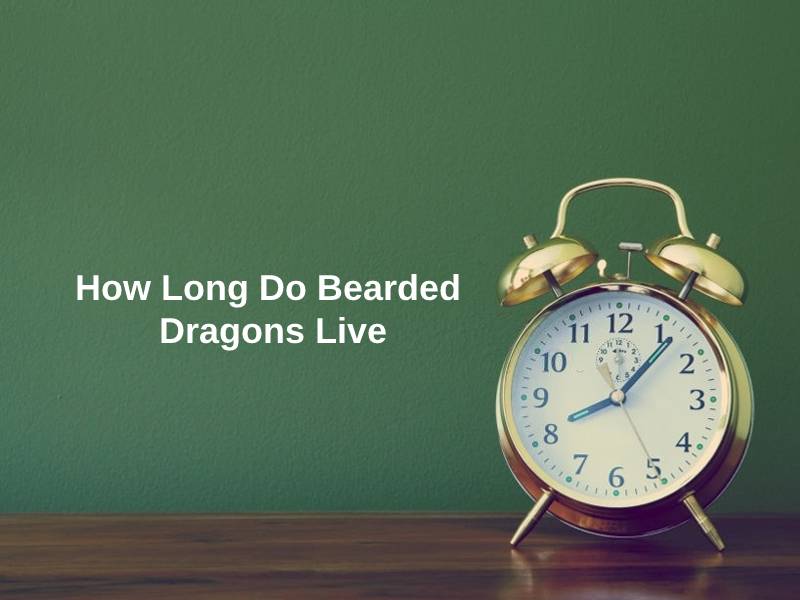
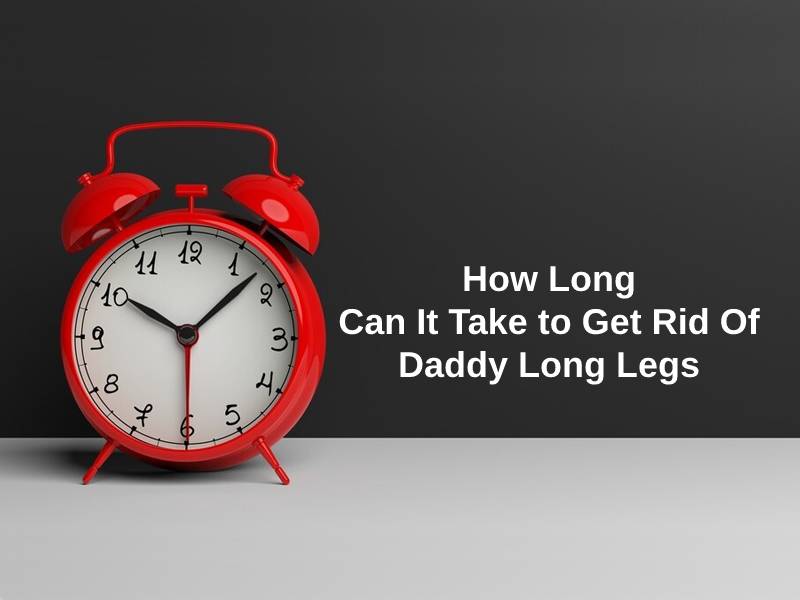




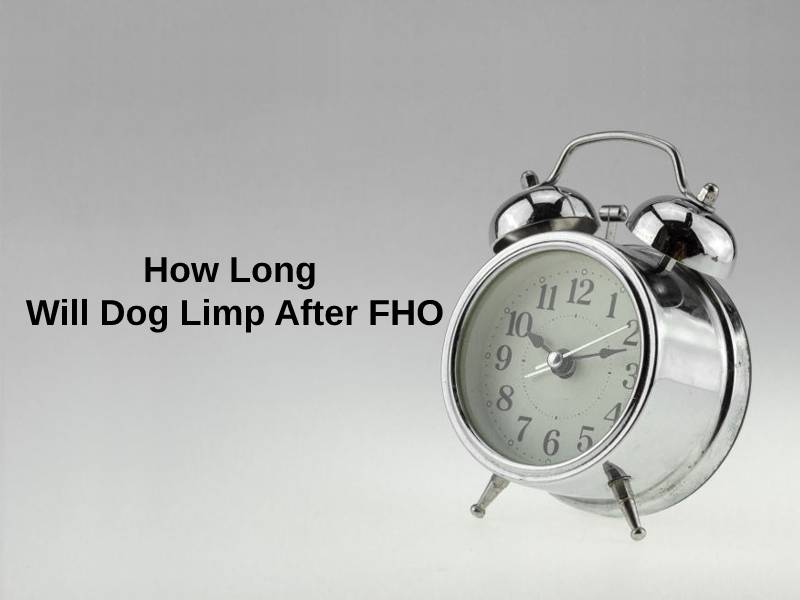


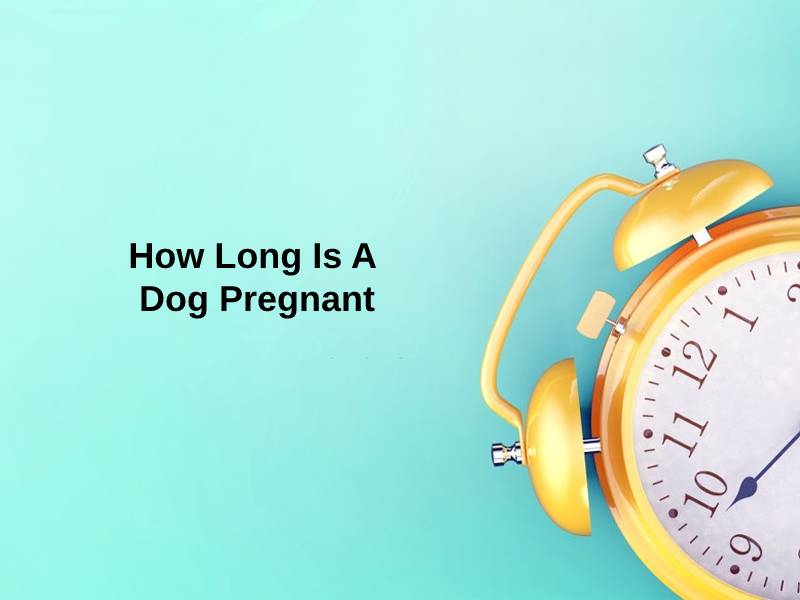

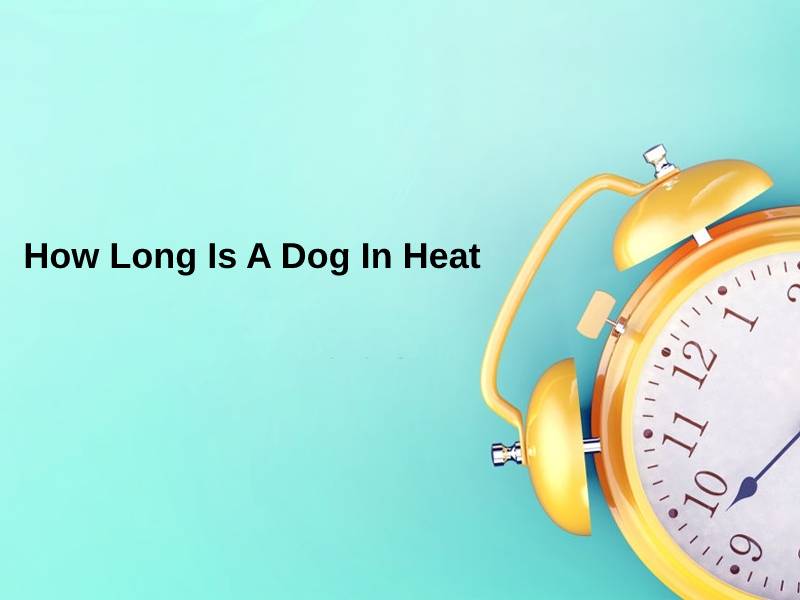


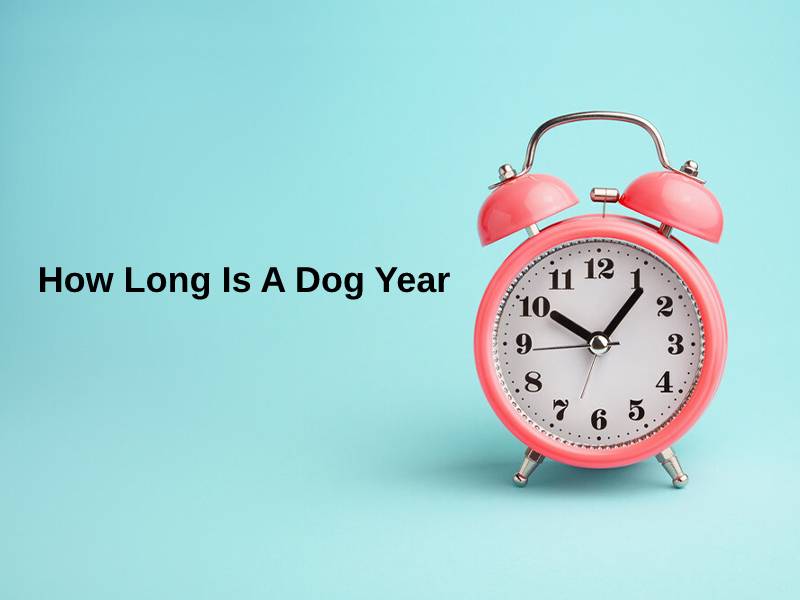
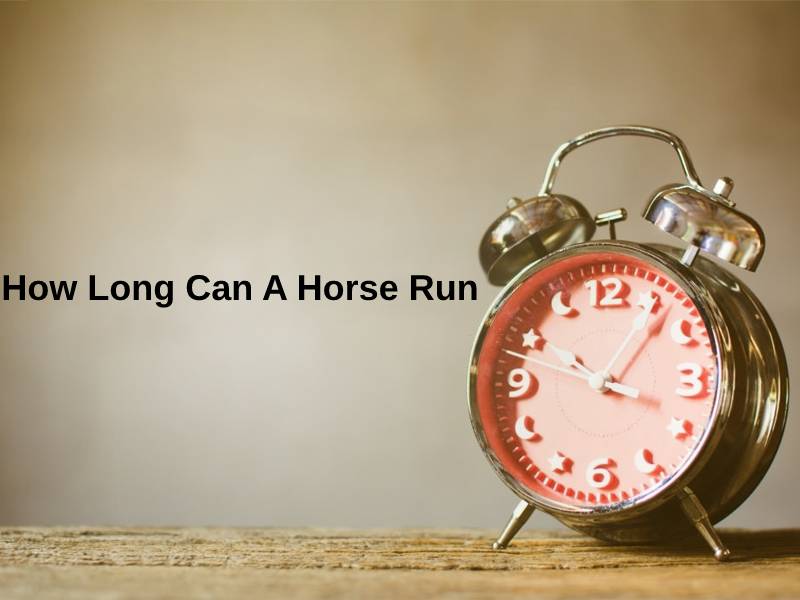
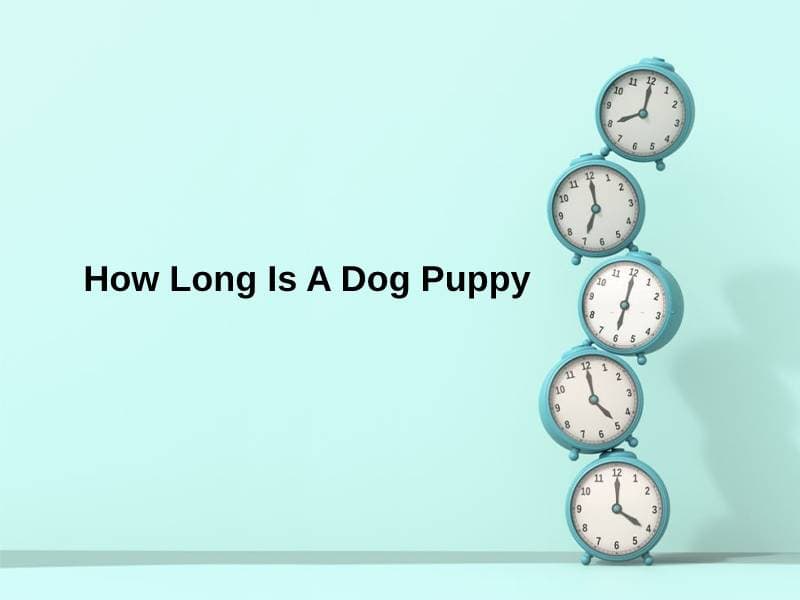

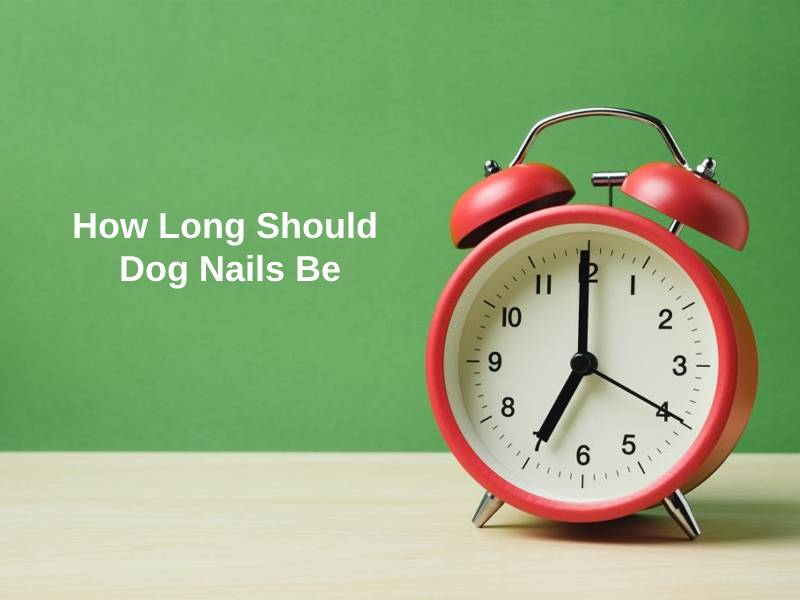


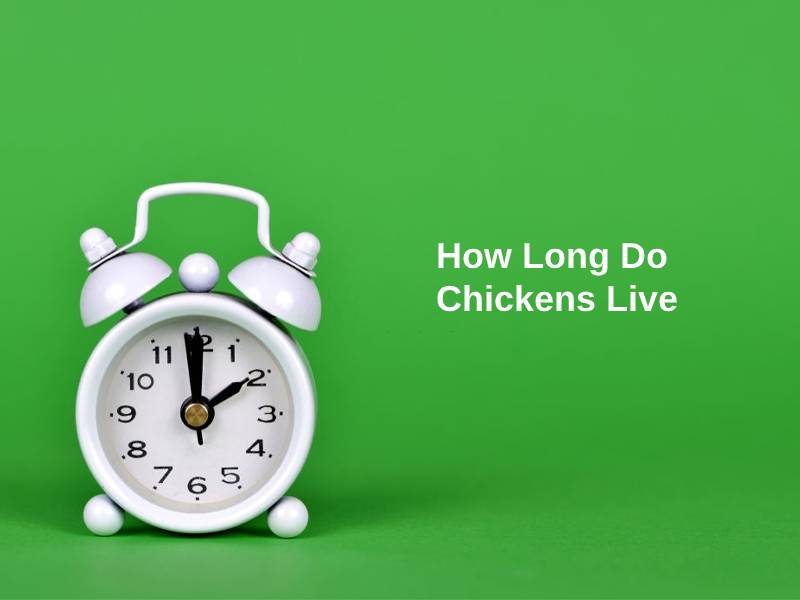
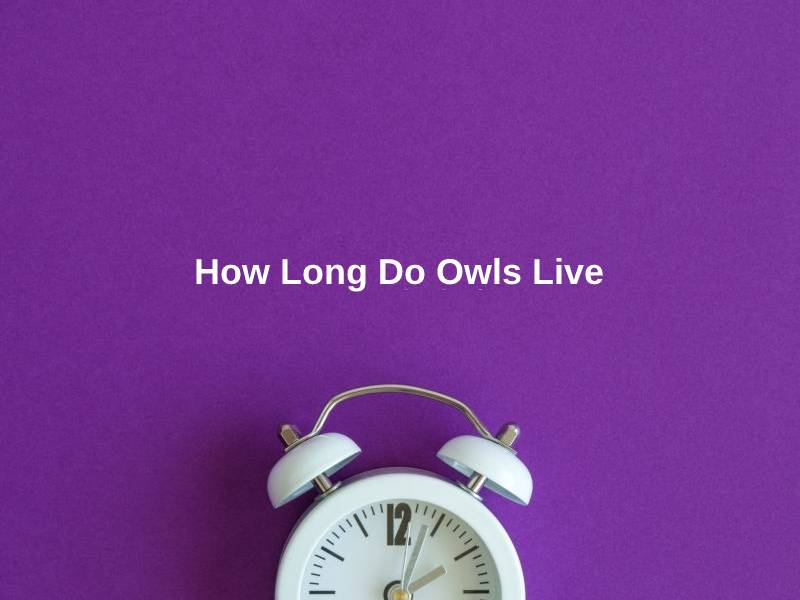

This post provides crucial insights into the development and environmental influences on bearded dragons. Well-researched and informative.
The explanation of how environment influences the growth of tamed bearded dragons is thought-provoking. The difference in growth stages based on tank size is intriguing.
I completely agree, Yasmine. The discussion on growth stages and tank size is indeed thought-provoking.
While the details on the growth of bearded dragons are insightful, I’d like to know more about their behaviors in different environments.
Agreed, Jones. Behavioral patterns of bearded dragons in distinct environments would be captivating to explore.
That’s an interesting point, Jones. Understanding their behaviors would enhance our knowledge about these creatures.
This article provides a comprehensive overview of the different types of bearded dragons and their respective sizes. It’s very detailed and useful!
Absolutely, the post is filled with valuable information. I’m glad I read this.
I concur, the detailed information on bearded dragons is fascinating. It’s wonderful to learn about the various species.
Thanks for sharing this detailed analysis of bearded dragons. It’s a fascinating read that offers a wealth of knowledge on the topic.
This post has been incredibly enlightening. I had no idea that the size of the tank could impact the growth of bearded dragons. Thank you for sharing!
I know, right? I’m amazed by the influence of tank size on their growth. This article is truly enlightening.
I appreciate the in-depth explanation of the various species of bearded dragons and their growth stages. It’s a valuable resource for dragon enthusiasts.
I find the information on the lifespan of bearded dragons quite valuable. It’s essential for those considering them as pets.
This is a very informative post about the various species of bearded dragons and their sizes. I had no idea there were 8 different types with different sizes!
Thank you for sharing this information. It’s interesting to learn how their growth is influenced by the size of the tank.
Exactly, I’m learning a lot from this. I’m curious to know more about their habitats and diet.
I disagree with the statement that tamed bearded dragons only grow according to their environment. It is important to note the genetic factors at play as well.
That’s an excellent point, Harrison. Genetics do play a significant role in the growth of bearded dragons.
I agree with you, Harrison. Environmental factors are not the sole determinants of their growth.